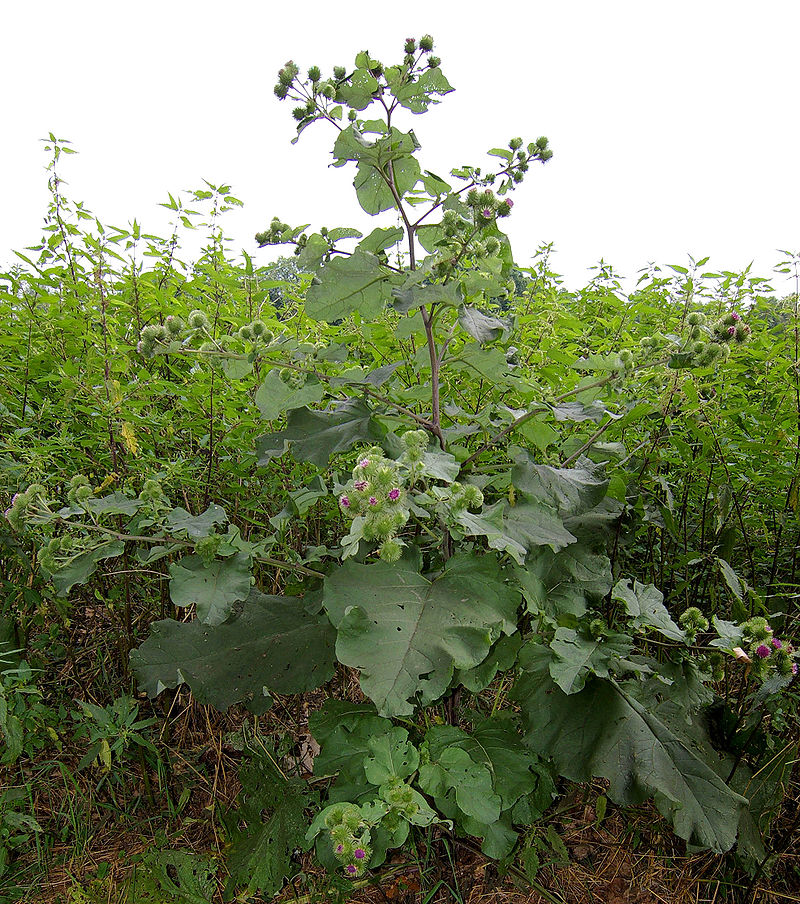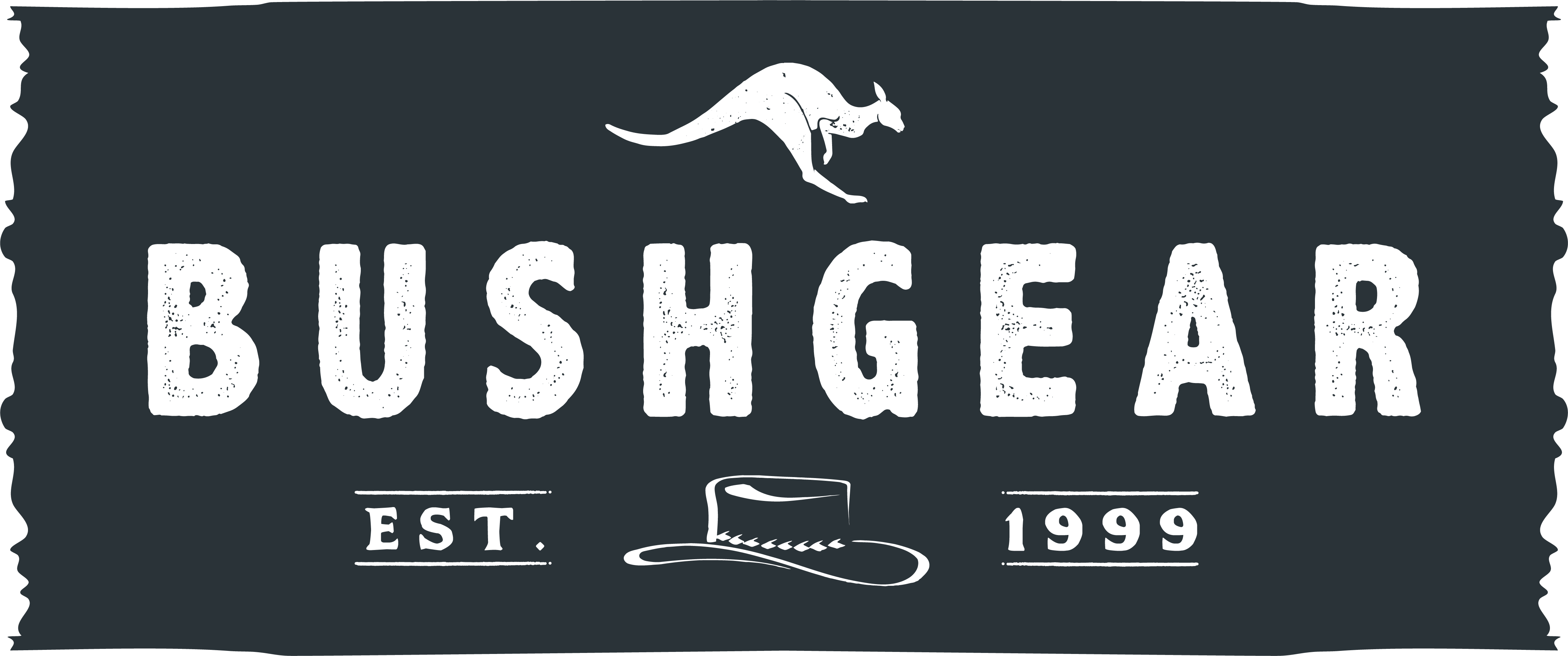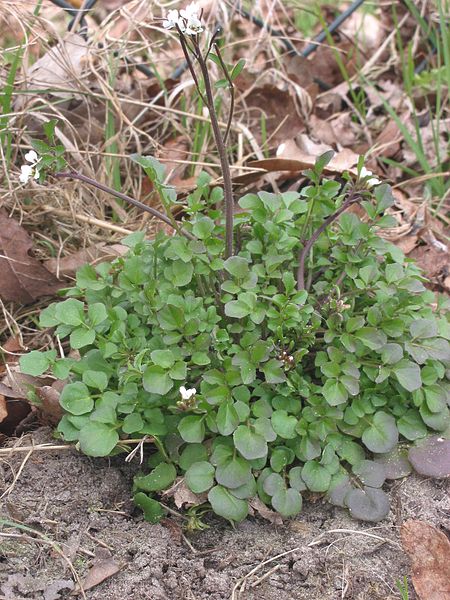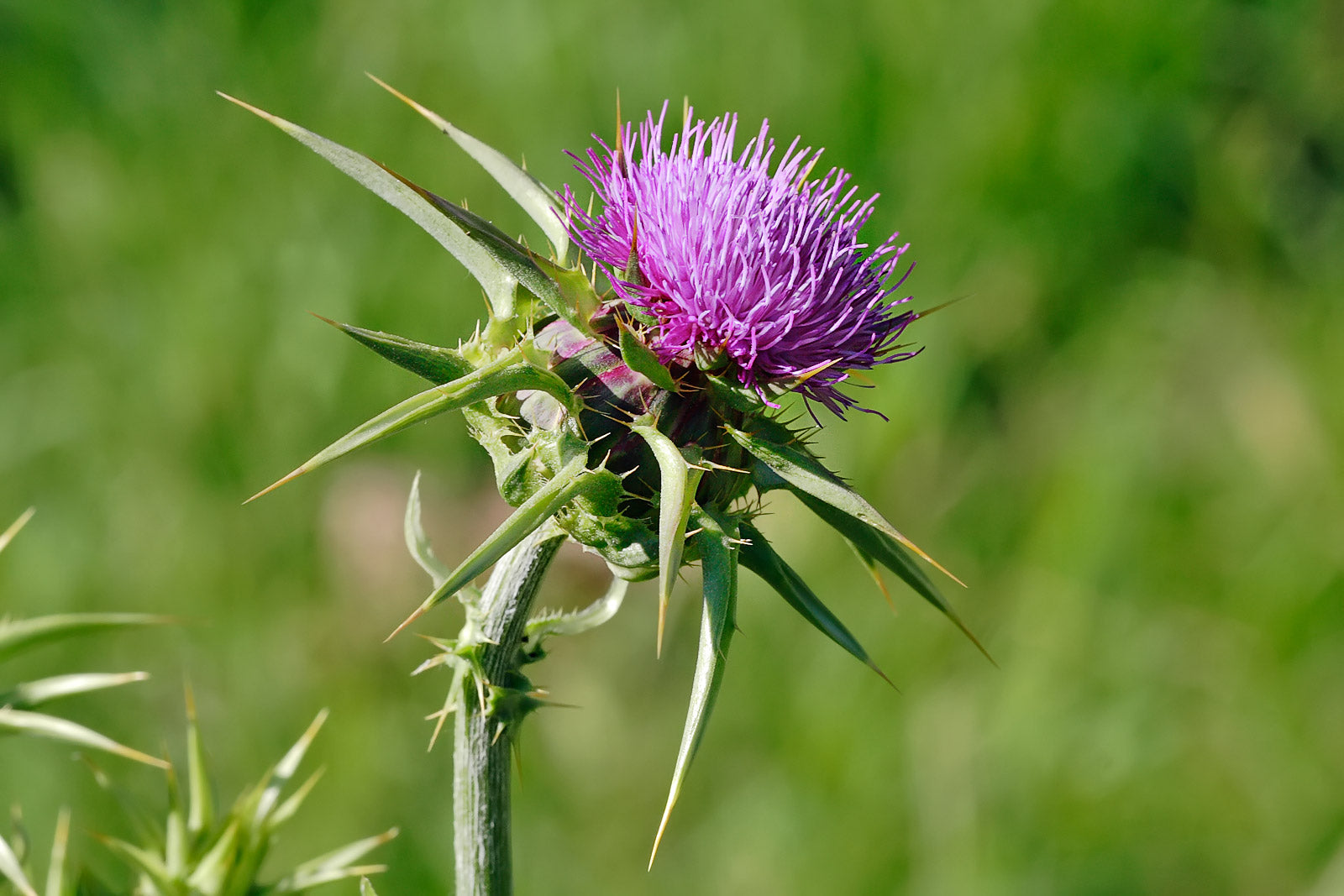
Wild Edible Of The Week 48 "Burdock"
Botanical name: Arctium lappa
Common name: Burdock, Beggar's Buttons, Happy Major, Clotbur
Physical appearance: There are two prevalent species that grow in the UK. As the Arctium lappa is the largest of the two, it can potentially provide most food and can row up to 70cm in height. It has large oval or heart shaped leaves which can be be "woolly" on the underside. A helpful identifier, generally the leafstalks are hollow. The species generally flowers from July through to October.

Edible parts: The roots are very high in carbohydrates and can provide a lot of energy. The young leaves can also be eaten.
Best places to find: Waste ground, gardens borders, next to roads and footpaths and around fields.
Time of year: From September to April.

Serving suggestion: The (larger) roots can be roasted in their skins for a satisfying sweet potato like eating experience. Larger leaves can be used in place of tin foil, to some extent, when cooking on an open fire.
NB – Burdock is biennial an is ony really worth harvesting in its first year. Unfortunately, when young, burdock leaves can look very similar to comfrey, borage and foxglove so avoid harvesting before they flower (as they can be difficult to identify before they flower), unless you are sure.
Photos courtesy of
Christian Fischer, Ayustety via Wikipedia Creative Commons Attribution
By Roger Culos - Own work, CC BY-SA 3.0, https://commons.wikimedia.org/w/index.php?curid=32520449


